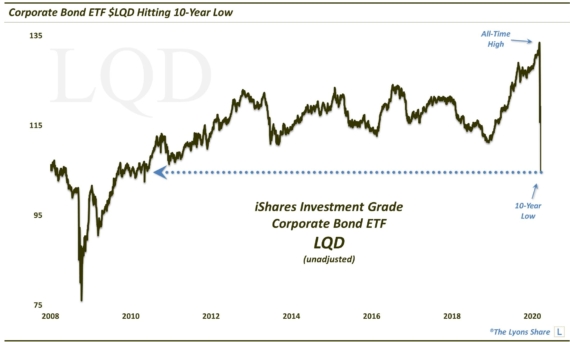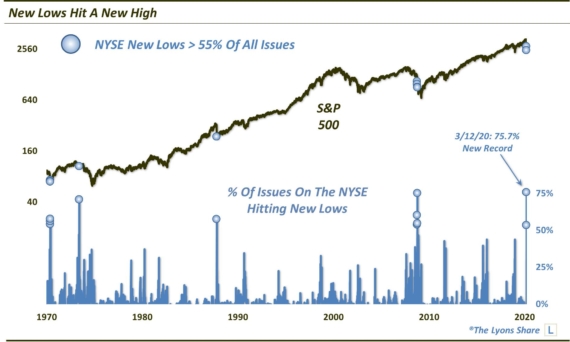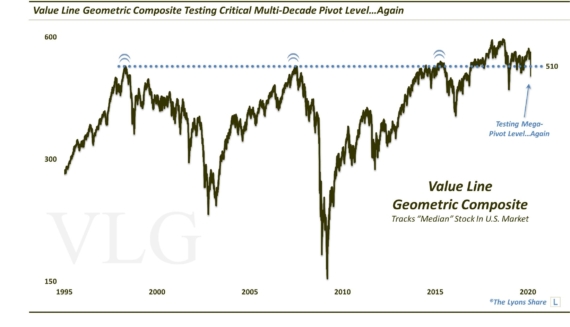Brexit Disaster Propels British Stocks To Record Highs

Far from being a financial catastrophe as predicted, the aftermath of the Brexit vote has seen British stocks soar over 20% to all-time high ground.
As veterans of many decades in the financial markets, one thing we can tell you with a reasonable degree of certainty is this: using news events to guide one’s investment strategy is an impossible, and thus futile, endeavor. There are at least 2 reasons why. First, to the extent that a market’s reaction to a news event is “predictable”, one can never count on being able to exploit that reaction in a timely manner. There will always be a faster computer, a shorter cable or a more “plugged-in” insider to ensure one’s inability to take advantage of such situations.
Secondly, and probably even more challenging, is the fact that market reactions to news events are very seldom “predictable”. In fact, one can probably count on reactions to be counter-intuitive more often than not. Of course, a lot of that has to do with traders’ collective positioning going into a news event. If traders are over-loaded to one side or another on the occasion of a news event, then most likely those traders will end up getting burned, no matter the outcome of the news. The market, after all, reliably and consistently doles out the most pain to the greatest number of participants. That’s what makes news-based investing so difficult. Often, the market’s reaction will have nothing to do with the tone of the news, or even go directly counter human natural reactions.
An obvious, contemporary example of this dynamic is the Brexit issue in late June. First of all, the victory by the Brexit contingent was completely unexpected. Secondly, and more interestingly, the market’s reaction, eventually, to the surprise vote was an outright counter-intuitive one. A vote to exit the European Union, according to most “experts”, would have disastrous ramifications for U.K.’s financial markets. And perhaps for 2 days it looked as if that might be true. However, that “expected” reaction would prove to be very short-lived.
British stocks, specifically, experienced an immediate about-face and began to shoot higher. As we mentioned in an August post, 7 weeks after the Brexit vote, U.K.’s FTSE-100 stock index had actually climbed 20%. It wasn’t just a flash-in-the-pan move either. After pausing at some technical resistance outlined in that August post, the index has once again continued to press higher, now some 23% above the Brexit lows.
And in fact, just today, the FTSE briefly shot above its all-time closing high of 7103.98, printing as high as 7121.93, just 0.81 off of its all-time intra-day high.

So why such a massive 180 degree pivot from the expected Brexit reaction? Again, the market is going to do the most damage to the most people. Furthermore, as we mentioned above, sometimes collective trader positioning is so one-sided that the market is likely to move the other way, regardless of how intuitive their positioning may be relative to the news.
There is some evidence to suggest this was partially the case here with the Brexit news. Specifically, in the U.S., volatility traders had bid up the price of near-term volatility expectations relative to longer-dated ones to a near-unprecedented degree given the circumstances. Therefore, while they may not have predicted that the Brexit vote would win the day, these traders were certainly prepared for that outcome. Thus, when the FTSE began to bounce sharply higher post-Brexit, those volatility traders – who must have thought they were geniuses – proceeded to have their lunch handed to them. Again, it’s hard enough to predict the news. It’s harder still to predict the market’s reaction to the news.
Speaking of bouncing, the FTSE bounced to close well off its lows that first post-Brexit trading day in late June. And as we noted in a tweet at the time, the bounce occurred right on top of the broken post-2015 Down trendline. It has hardly slowed down since.
In addition to trading at a record high today, the FTSE also managed another technical accomplishment. It reclaimed the top side of the key post-2011 Up trendline that it had broken in August 2015. Considering all the major lows between 2011-2015 that precisely held the trendline, as well as the fact that the FTSE continues to “respect” it, we are hesitant to dismiss the potential usefulness of the old trendline.
At the moment, that is good news for FTSE bulls. As long as prices remain above the trendline, the FTSE should continue higher – and at a potentially higher trajectory. Should the FTSE drop back below the trendline, its rally isn’t necessary over, but the trajectory will be stunted.
Either way, using the trendline as a guidepost in the near-future at least affords one with an objective criteria. That beats trying to predict the news, and the market’s reaction to it, any day of the week.
________
More from Dana Lyons, JLFMI and My401kPro.
The commentary included in this blog is provided for informational purposes only. It does not constitute a recommendation to invest in any specific investment product or service. Proper due diligence should be performed before investing in any investment vehicle. There is a risk of loss involved in all investments.


